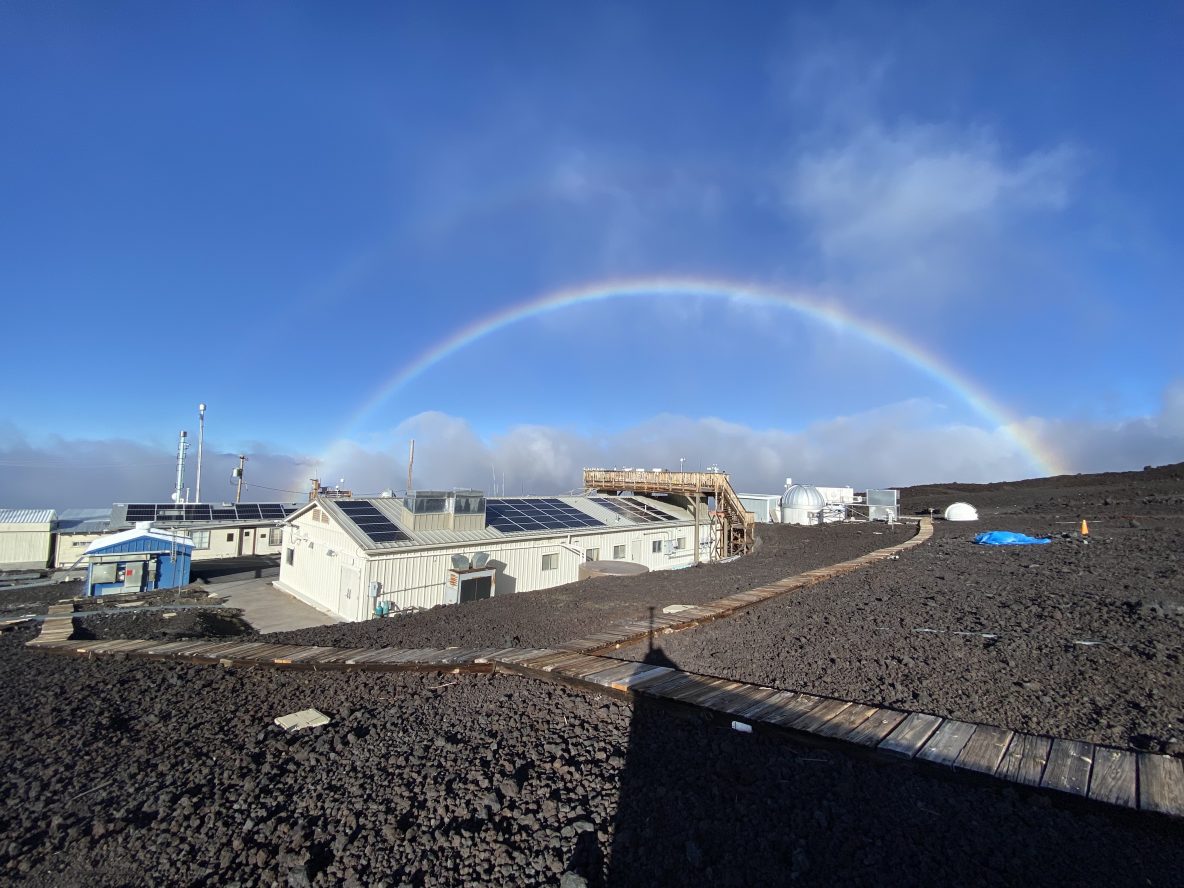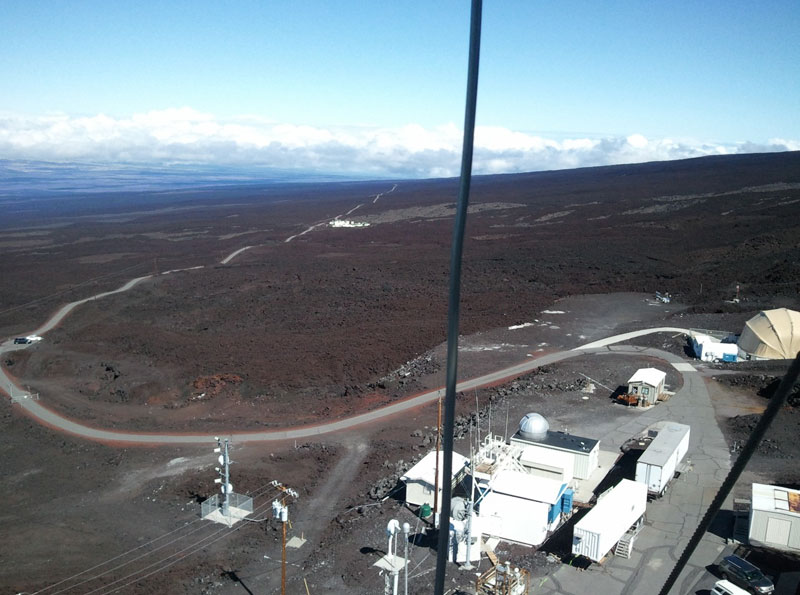In 2024, the yearly average level of the greenhouse gas carbon dioxide (CO2) rose faster over the prior year than ever before in the 67-year-old Keeling Curve record. When researchers took the average readings for all 12 months in 2024, the average was 3.58 parts per million (ppm) higher than for 2023’s average. That broke the record for largest jump … Read More
Note on recent increased day-to-day variability
An observer of Keeling Curve data queried last week why there’s such a spread in atmospheric CO2 measurements this year. In response, Scripps CO2 Program Director Ralph Keeling offered the following: “It’s true the Mauna Loa Observatory (MLO) record typically has considerable day-to-day variability in the first half of the calendar year. It’s also true that this type of variability … Read More
During Year of Extremes, Carbon Dioxide Levels Surge Faster than Ever
Carbon dioxide is accumulating in the atmosphere faster than ever — accelerating on a steep rise to levels far above any experienced during human existence, scientists from NOAA and Scripps Institution of Oceanography at the University of California San Diego announced today. Scientists at Scripps Oceanography, which initiated the CO2 monitoring program known as the Keeling Curve at Mauna Loa in 1958 and … Read More
On This Week’s Record High CO2 Readings at Mauna Loa
On Saturday, Feb. 3, the daily Keeling Curve record was broken when instruments at Mauna Loa detected a carbon dioxide concentration of 426.5 parts per million (ppm). It was the first time in the modern record a daily reading had exceeded 425 ppm, though the annual peak does not typically take place until May. Since then, several daily readings have … Read More
Scripps CO2 Instrument at Mauna Loa Observatory Back in Action
Helicopter delivers photovoltaic rails, electrical conduit, and solar panels to Mauna Loa Observatory. Photo: Scott Prestien/EPC We are happy to report that measurements by the Scripps CO2 program resumed at Mauna Loa Observatory on March 9. The CO2 analyzer is being powered with a solar power/battery system installed by NOAA staff at the Mauna Loa Observatory using helicopter access. The … Read More
Update on CO2 readings commencing at Maunakea
(Above: Ralph Keeling takes an air sample at Maunakea Dec. 21, 2022) The Keeling Curve data stream was interrupted by the eruption of Mauna Loa on Nov. 28. To help close this data gap, scientists at Scripps Institution of Oceanography at UC San Diego worked with partners from NOAA and the Maunakea Observatory partners to install a nearly-identical carbon dioxide … Read More
Another Climate Milestone Falls at Mauna Loa Observatory
Peak carbon dioxide levels surpass 411 parts per million for May
Carbon Dioxide in the Atmosphere Hits Record High Monthly Average
April monthly average exceeds 410 parts per million for the first time in recorded history
Note on Reaching the Annual Low Point
We are now approaching the annual low point in the Mauna Loa CO2 curve, which typically happens around the last week of September but varies slightly from year to year.
Brief Reprieve from 400 PPM Era May Be Thanks to a Hurricane
A hurricane bearing down on Hawaii prompted operators to shut down CO2 monitoring equipment at Mauna Loa Observatory on the Big Island.
- Page 1 of 2
- 1
- 2







